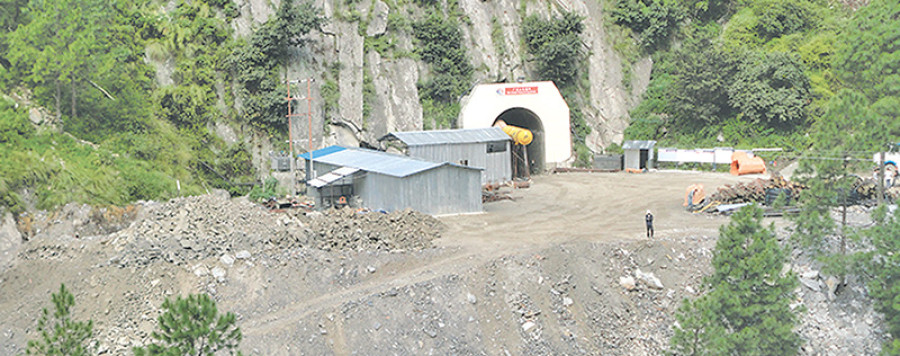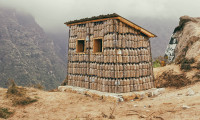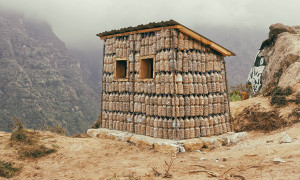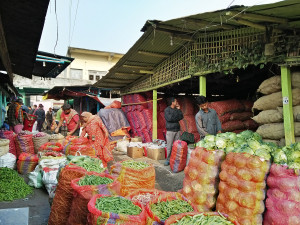Money
Construction resumes at Rasuwagadhi project
Construction work at the 111 MW Rasuwagadhi Hydropower Project has picked up speed lately after being in the doldrums for more than a year.
Balaram Ghimire
Construction work at the 111 MW Rasuwagadhi Hydropower Project has picked up speed lately after being in the doldrums for more than a year.
China International Water and Electric Corporation, the contractor for the civil works, had abandoned the project site last year after continuous landslides triggered by the earthquake threatened the safety of workers. This further delayed the construction of the project which had already suffered a setback due to the earthquake and unofficial Indian embargo.
The Chinese contractor returned to work recently after being convinced by project officials. Workers are currently engaged in the construction of an underground desanding pond, underground powerhouse and tunnel way besides the embankment at the dam site.
The Chinese contractor, according to Project Chief Chabi Gaire, has completed 40 percent of the construction work. The project is progressing in a satisfactory manner he added.
The Rasuwagadhi Hydropower Project is located 150 km north of Kathmandu, and is the largest among four hydropower projects being developed by subsidiary companies of Chilime Hydropower Company.
Apart from this project, Chilime is undertaking the construction of the 42.5 MW Sanjen, 14.8 MW Upper Sanjen and 102 MW Middle Bhote Koshi hydropower projects.
The Rasuwagadhi project is being developed at an estimated cost of Rs13.68 billion under a debt equity ratio of 50 percent. According to the project office, the cost of the project will not increase despite time overruns. As a promoter, Chilime holds a majority stake. It owns 33 percent of the shares while the Nepal Electricity Authority holds 18 percent.
The project is a run-of-river type scheme having a capacity to generate 613.87 gigawatt hours of hydroelectricity annually. The headworks of the project is located about 400 metres downstream from the confluence of the Kyirong Khola and Lende Khola which mark the boundary between Nepal and China. The length of the headrace tunnel is 4,196 metres up to the surge tank.
Although, construction work has been gaining momentum lately, heavy vehicular traffic at Rasuwagadhi has been hindering the transportation of construction materials to the the project site.
After the earthquake damaged the Tatopani border check point, a major chunk of Nepal-China trade is being carried out through the Rasuwagadhi point, and there is always a long queue of cargo vehicles creating traffic jams on the highway leading to the border.
“The obstruction is hampering construction work,” said Gaire. “We have requested various government authorities including the District Administration Office, Nepal Army, Nepal Police and Armed Police Force to solve the problem.”




 19.12°C Kathmandu
19.12°C Kathmandu















